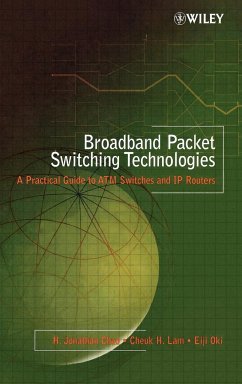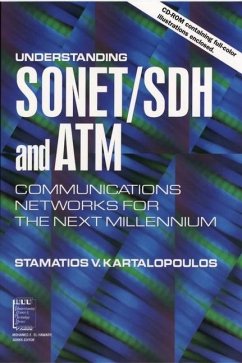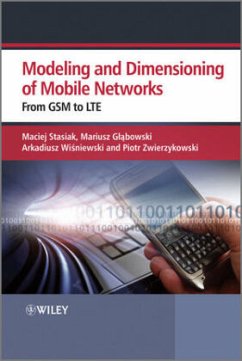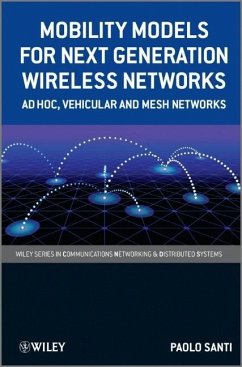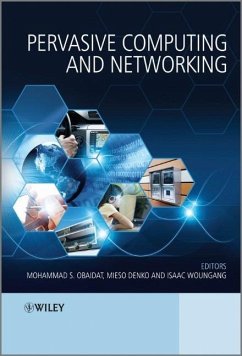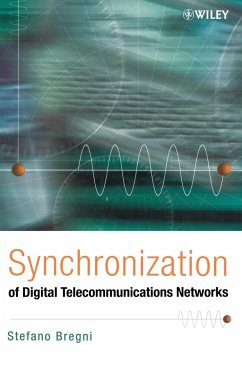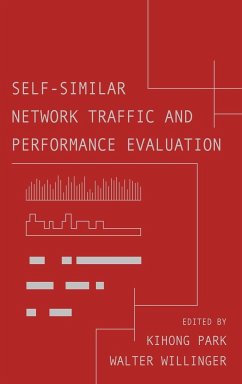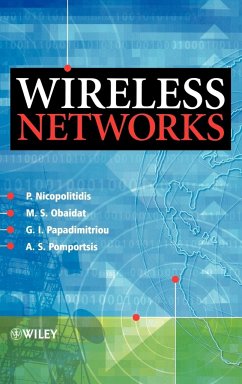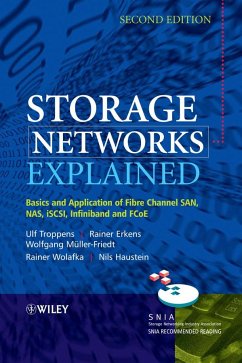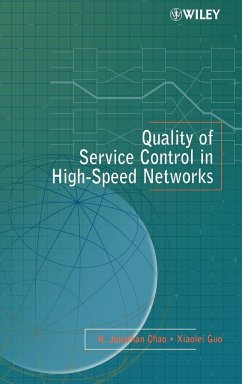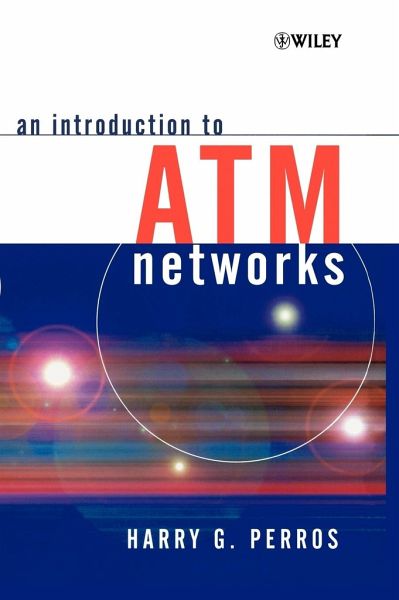
An Introduction to ATM Networks
Versandkostenfrei!
Versandfertig in über 4 Wochen
116,99 €
inkl. MwSt.

PAYBACK Punkte
58 °P sammeln!
En international führender Spezialist erläutert in diesem Buch ATM-Netzwerke in allen Details. Ausgehend von der historischen Entwicklung dieser Netze behandelt er u.a. Signalisierung, Architektur, Übertragung und Standards von ATM, wobei er auch aktuellste Forschungsergebnisse berücksichtigt. Funktionen und Arbeitsweise von Highspeed-ATM-Netzen werden qualitativ beschrieben. Nützliche Zugabe ist ein ausführliches Glossar.



